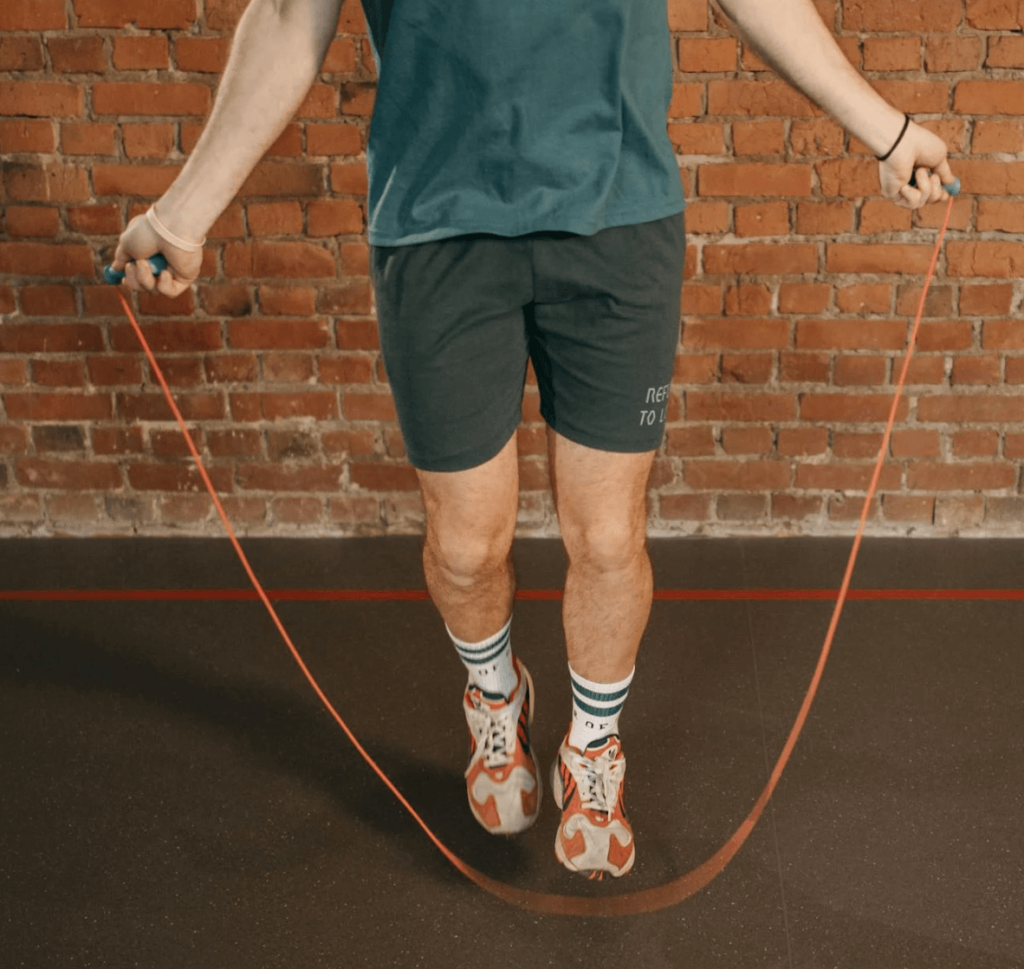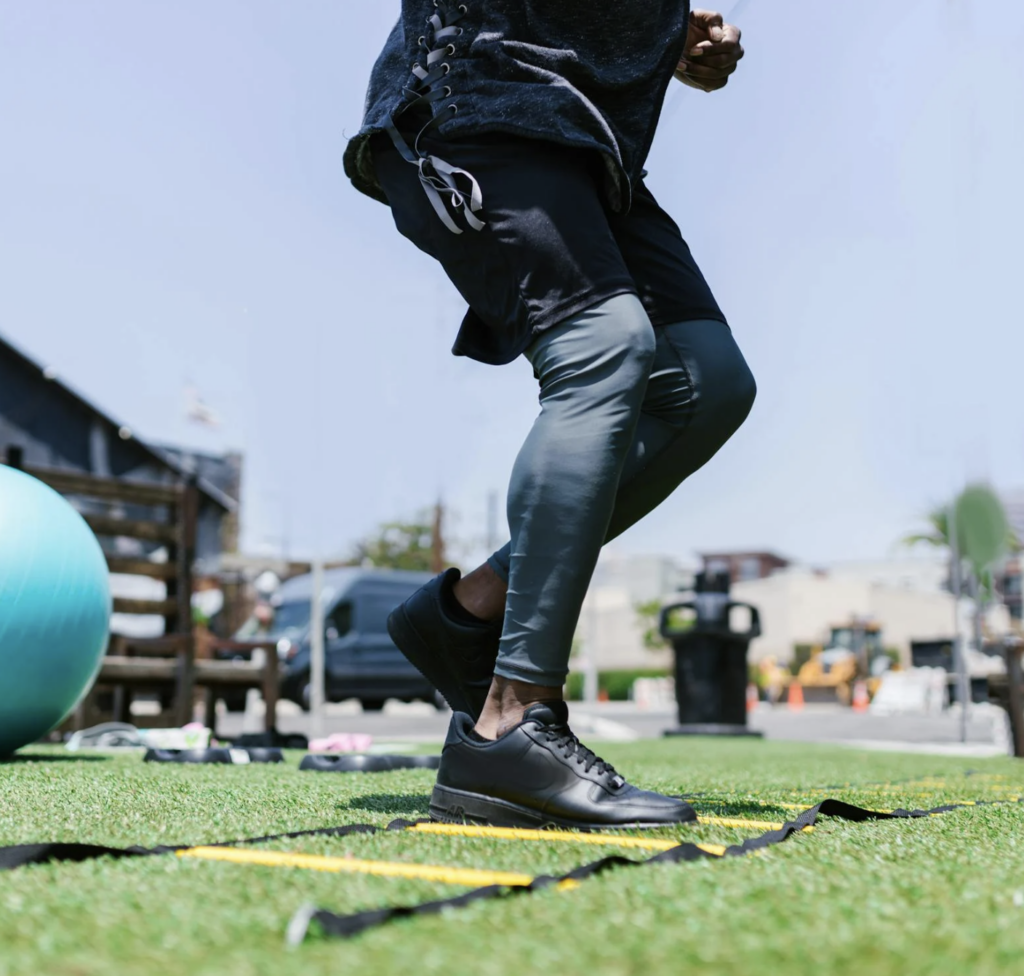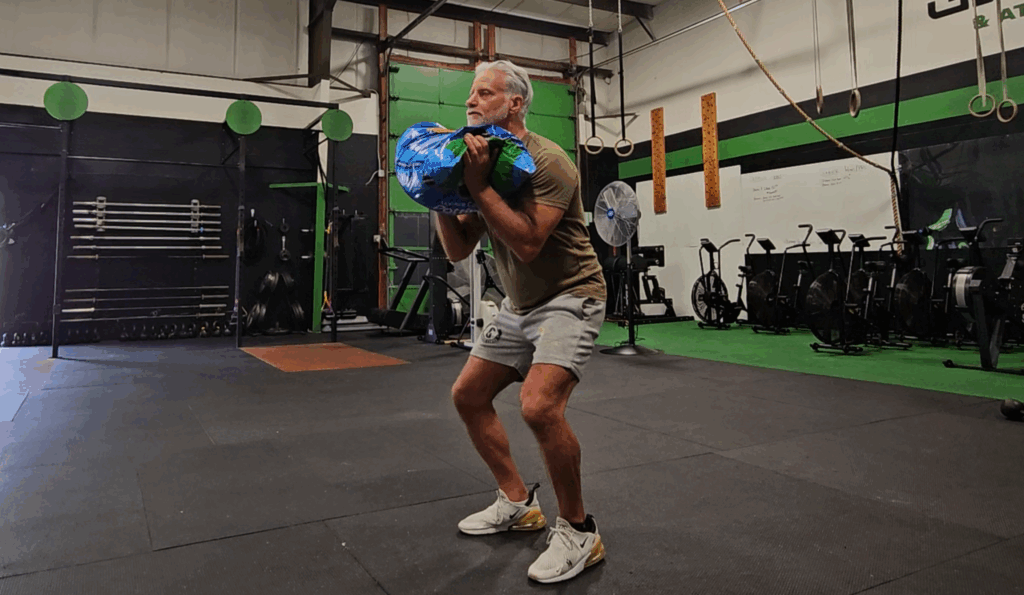Life doesn’t come with a warning label when it comes to lifting heavy objects – but your body sure does. From moving furniture to carrying kids, the right lifting technique can be the difference between a job well done and a back injury. Let’s break down how to lift safely, strengthen key muscles, and apply these skills to everyday life.
Why Proper Lifting Technique Matters
Improper lifting is a leading cause of back injuries, strains, and muscle pulls. Whether you’re hoisting a box, loading groceries, or picking up a toddler, using the right form can protect your spine, knees, and shoulders from unnecessary stress.
- Common Mistakes: Rounding the back, locking the knees, twisting while lifting
- Proper Technique: Engage the core, hinge at the hips, lift with the legs, and keep the load close to the body
Key Lifts for Safe Lifting
- Deadlifts – The Foundation of Safe Lifting
Deadlifts are a full-body exercise that teaches you to lift with your legs and core, not your back. Proper form is crucial to avoid injury.
- How To: Stand with feet hip-width apart, hinge at the hips, grip the weight, engage the core, and lift while keeping the back straight.
- Everyday Application: Picking up boxes, lifting grocery bags, carrying a child
- Carries – Building Functional Strength
Carries mimic everyday activities like moving furniture or carrying groceries. They strengthen grip, core, and stabilizer muscles.
- Types of Carries: Farmer’s carry (both hands), suitcase carry (one hand), overhead carry
- Everyday Application: Carrying shopping bags, moving heavy objects, holding a child on one hip
- Squat Variations – Powerful and Practical
Squats train the body to lift from a low position using leg power rather than back strength. Variations like goblet squats or sumo squats increase lower body strength and stability.
- How To: Keep feet shoulder-width apart, lower hips as if sitting in a chair, keep chest up, and drive through heels to stand up.
- Everyday Application: Lifting a box from the floor, getting up from a low seat, picking up kids or pets
Applying These Lifts to Everyday Life
- Moving Furniture: Practice deadlifts to lift couches and chairs without straining your back. Use carries to transport items across rooms.
- Carrying Kids: Squat down to pick up your child, engage your core, and lift using leg power. Hold them close to your body to maintain balance.
- Daily Chores: Use the suitcase carry to transport heavy grocery bags or laundry baskets. Maintain good posture to avoid muscle strains.
When to Recognize You Shouldn’t Lift Something
Sometimes, the smartest move is knowing when not to lift at all. If you experience any of the following, reconsider attempting the lift:
- Sharp Pain: Pain during or after lifting, especially in the lower back, shoulders, or knees, can indicate a potential injury.
- Too Heavy: If you can’t lift the object without rounding your back or compromising form, it’s too heavy.
- Awkward Shape or Size: Large, unwieldy items can throw off your balance, increasing the risk of a fall or strain.
- Preexisting Injury: If you’re already dealing with a muscle strain, back pain, or other injury, avoid heavy lifting until fully recovered.
When to Hire a Professional
Not every lift is worth the risk. If the object is exceptionally heavy, awkwardly shaped, or located in a challenging spot (like up or down stairs), it’s better to call in the pros. Consider hiring professional movers or labor services if:
- The item weighs over 75 pounds.
- The lift requires carrying items up or down multiple flights of stairs.
- You’re recovering from an injury or dealing with chronic pain.
- There’s a high risk of slipping or falling, such as moving items in wet or icy conditions.
Hiring help isn’t a sign of weakness – it’s a smart move that protects your body and ensures the job gets done safely.
Respecting the Healing Process – Don’t Risk It
If you’re recovering from a major injury, lifting heavy objects too soon can set back your progress or cause further damage. It’s essential to follow your medical provider’s guidance and resist the urge to push through pain. Here’s what to keep in mind:
- Recovery Timeline: Follow your recovery plan and wait until you’re cleared for lifting by a medical professional.
- Listen to Your Body: If a movement feels wrong or causes pain, stop immediately. Pain is your body’s way of signaling that something isn’t ready.
- Modified Movements: Focus on bodyweight exercises, gentle stretches, and low-impact resistance training to rebuild strength without straining injured areas.
- Ask for Help: If the object is heavy, awkward, or requires twisting or bending, ask someone to assist or hire professional movers.
Recovering properly now means you’ll come back stronger later. Don’t risk it – respect the healing process and prioritize your long-term strength and mobility.
Injury Prevention and Functional Strength
Lifting heavy isn’t just about brute strength – it’s about moving smart. Integrating functional lifts like deadlifts, carries, and squats into your regular workout routine builds the muscle memory and strength you need to lift safely every day. Start with lighter weights, perfect your form, and gradually increase the load as your strength improves.
Lift smart. Stay strong. Prevent injuries. That’s the art of picking it up and putting it down safely.





